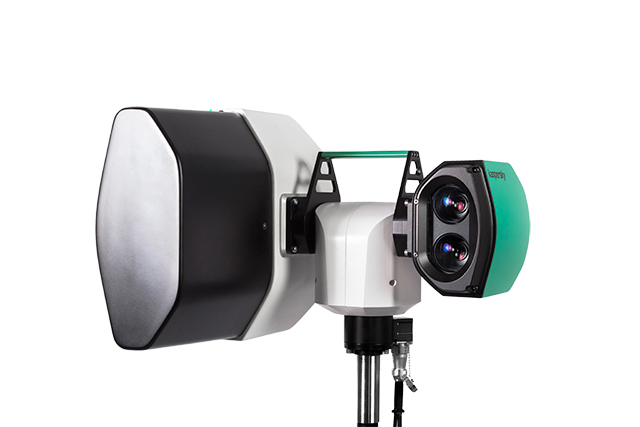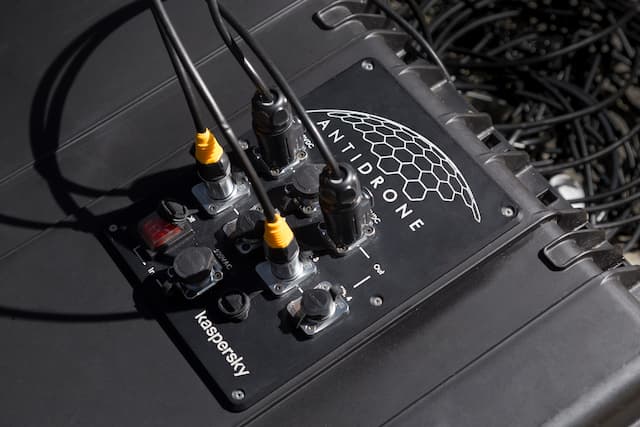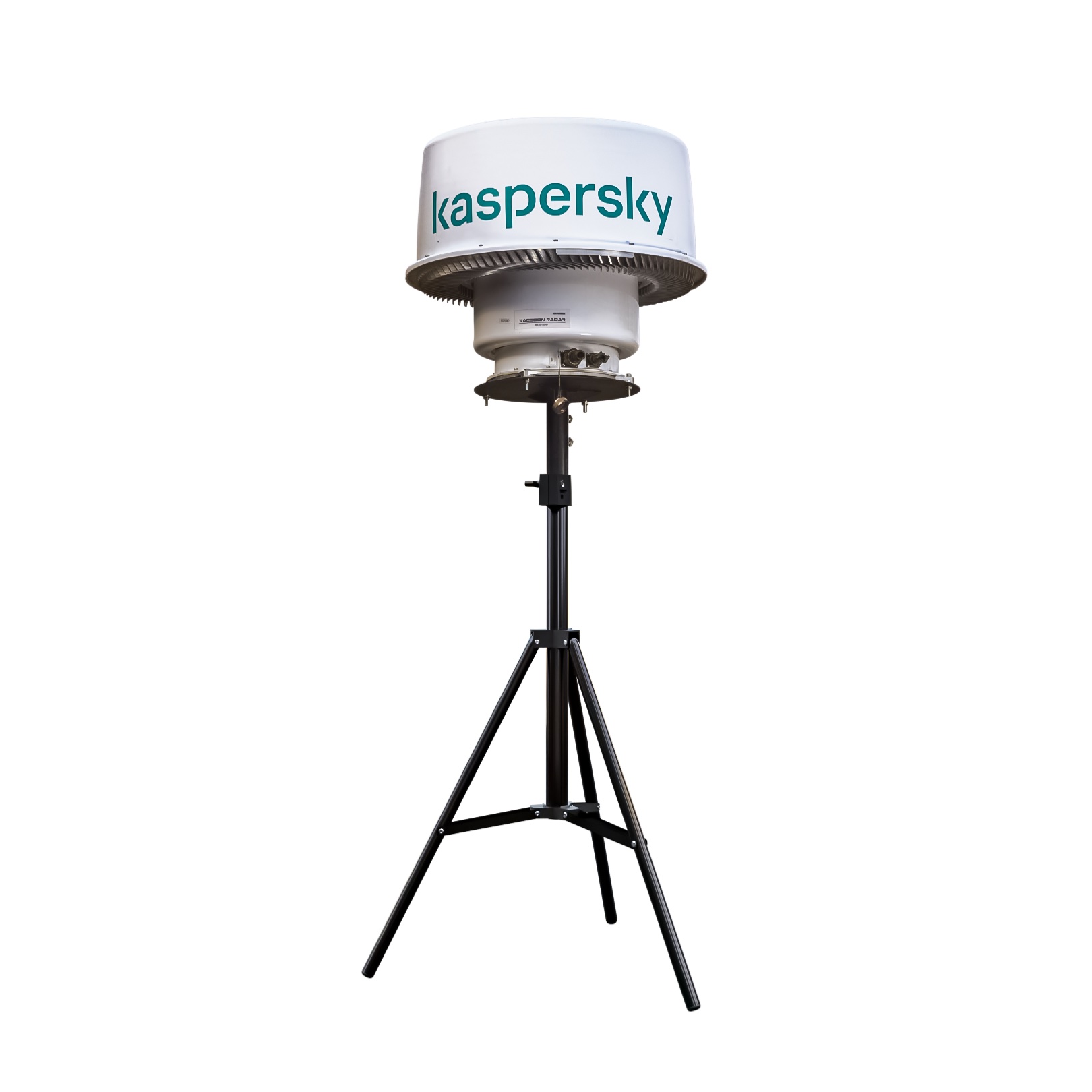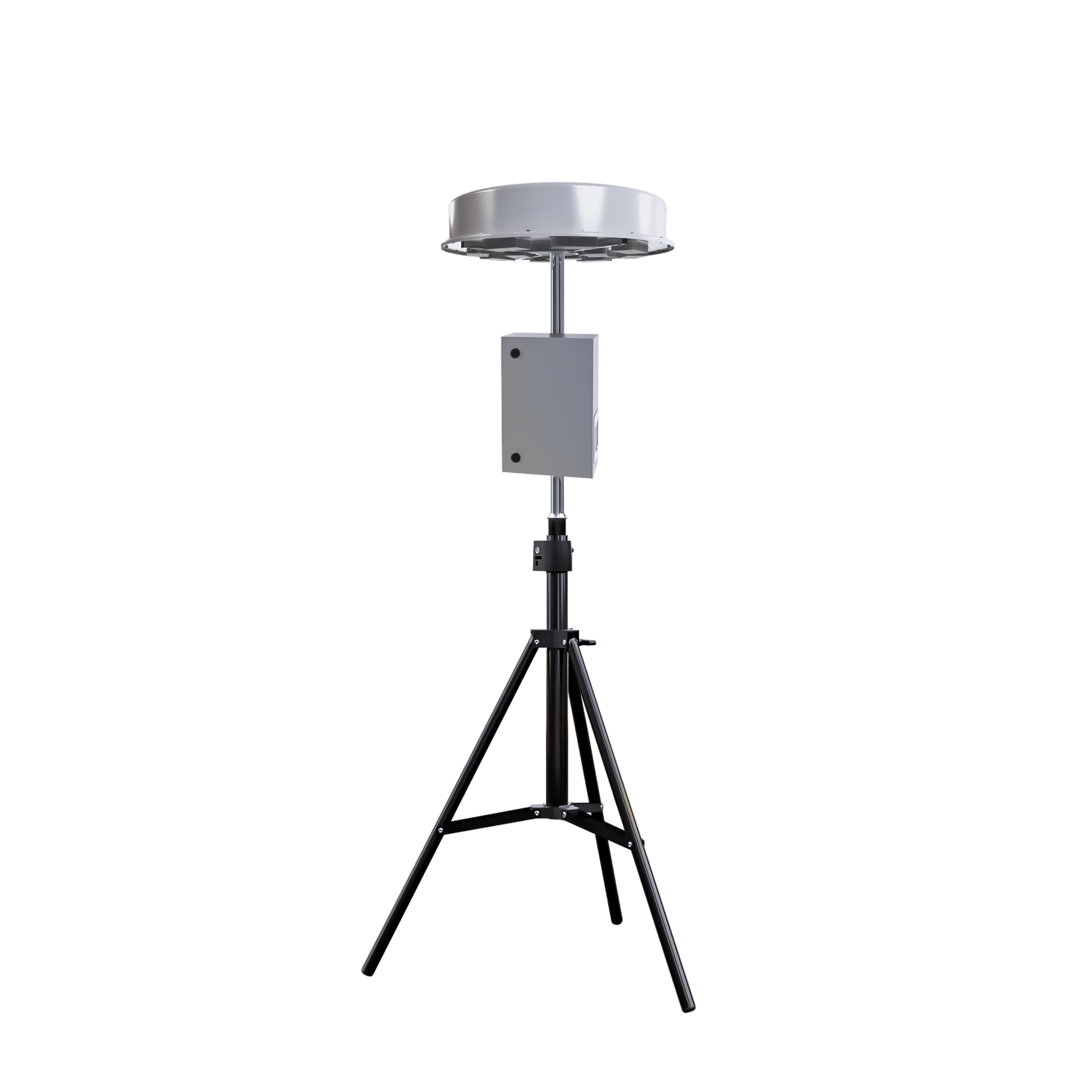
Protecting airport airspace from drones
Kaspersky Antidrone protects the airport territory from malicious or unintentional use of UAVs, preventing the risk of schedule disruption, airborne collisions and threats to human life.
UAVs at airports
According to statistics, each major airport handles around 400 flights per day. For an aircraft, take-off and landing are the most vulnerable stages of a flight, a time when the engines operate at increased capacity. These are the altitudes at which birds and drones fly.
Drone strikes have been proven to be more serious than a bird hitting a plane or being sucked into an engine. As well as damaging aircraft structure, a drone strike on an engine will result in a fire and fatalities.
- Kaspersky Antidrone
- Keeps people safe
- Prevents flight diversions, delays or cancellations
- Detects in and around the airport territory
Choosing a solution
Use case

- Site
- Airport
- Area
- 1500×6000 m
- Implementation period
- 6—12 months
Project specifics
Airports differ from other sites in terms of their scale: the monitored zone includes not only the territory of the airport itself but also the airspace used during takeoff and landing.
The Kaspersky Antidrone solution
The optimal choice for airports is a set of equipment that includes RF scanners or lidar sensors due to their high detection range. A classification module for thermal sensors with a viewing radius of 1500 meters is also included.
The neutralization module can be integrated into Kaspersky Antidrone software when the client receives additional certificates and permissions.






